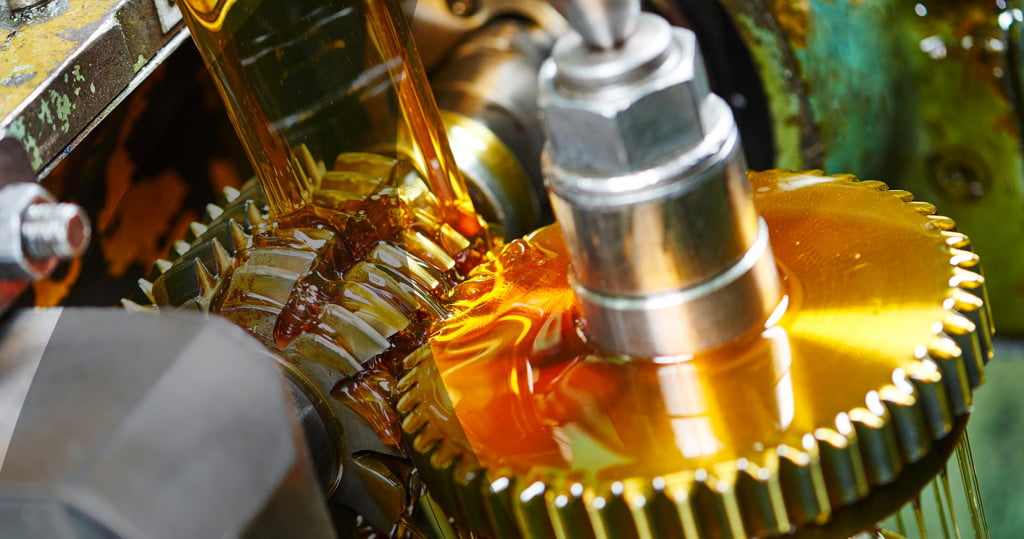What is Gear Oil?
Gear oil, a crucial lubricant for manual gearboxes in machinery and vehicles, guarantees smooth and safe operation, ensuring a comfortable ride and optimal performance. Without proper lubrication, gears are susceptible to damage from friction, corrosion, and extreme temperatures, leading to compromised performance, reduced component lifespan, and increased costs. Selecting the appropriate gear oil for your vehicle or equipment is paramount, as specific models necessitate particular lubricants to maintain peak functionality and durability.
What are signs that gear oil should be changed?
Keep an eye on your transmission's behavior when shifting gears. Any slipping or thumping sensations? Also, be wary of unusual burning odors or whining/grinding sounds, as these could signal the need for a gear oil change. Leaks are a red flag, suggesting contaminated oil. If your gear oil appears dark or gritty, it's definitely time for a change. And remember, if that "check engine" light pops up on your dashboard, it's a clear signal that something needs your urgent attention under the hood.
What gear oil do I need?
To determine the right gear oil for your vehicle, consult your car's manual or search for the manufacturer's recommendations online. Make sure to get the correct fluid type and viscosity grade tailored to your vehicle, considering factors like local climate and your driving patterns.
Factors to consider for selecting Gear Oil:
1.- Base Oil Type: Mineral or Fully Synthetic?
Base oil selection should be determined by specific operating conditions, gear type, and other relevant factors.
There are primarily two types of base oils: mineral and synthetic.
High-quality mineral base oils generally perform admirably across a wide range of applications. In fact, mineral base oils often exhibit higher pressure-viscosity coefficients than common synthetic counterparts, resulting in superior film thickness at a given operating viscosity. Nonetheless, there are scenarios where synthetic base oils are advantageous.
Many synthetic base stocks inherently possess greater resistance to oxidation and thermal degradation, rendering them preferable for applications characterized by high operating temperatures. In some cases, they even permit extended service intervals.
Moreover, synthetic oils outshine their mineral counterparts in machinery exposed to low ambient temperatures, thanks to their high viscosity index and low pour points.

2.- The correct viscosity: Gear Oil grades.
The most common grades for gear oil include automotive SAE (Society of Automotive Engineers) and industrial ISO (International Organization for Standardization) grades.
SAE grades for gear oil typically start at 60 and above. Similar to monograde engine oil SAE classifications, monograde gear oil grades utilize a single number. For colder climates, the number is followed by a 'W' (e.g., SAE 75W), while for hotter conditions, only the number is used (e.g., SAE 75). A higher number indicates higher viscosity.
Multigrade SAE classifications comprise two numbers separated by a 'W' (e.g., 85W120). The digits before the 'W' indicate its performance at 0°C, while the following number represents its performance at 100°C. The higher these numbers, the higher the oil's viscosity at those respective temperatures.
ISO grades assess industrial gear oils with a single figure. The higher the number, the greater the lubricant's viscosity, which corresponds to the midpoint viscosity number in centistokes (cSt). For instance, ISO 3 corresponds to 3.2 cSt, while ISO 220 corresponds to 220 cSt. The most common are automotive SAE (Society of Automotive Engineers) and industrial ISO (International Organization for Standardization) grades.
3.- API Services Designations
The American Petroleum Institute (API) classifies gears using GL ratings, ranging from GL-1 to GL-5. Higher GL rating numbers represent more severe applications; GL-1 is the least severe and can usually be satisfied with a motor oil, while GL-5 is the most severe GL rating.
The primary distinction between GL-4 and GL-5 gear oils lies in the quantity of extreme-pressure (EP) additives they contain. EP additives play a critical role in safeguarding gears by forming a sacrificial layer on gear surfaces, crucial for protecting gears operating under heavy loads and extreme temperatures. A typical GL-5 gear oil includes approximately double the EP additive content compared to a GL-4 gear oil.
EP additives, typically containing sulphur/phosphorus compounds, aim to prevent micro-welding on gear flanks at the elevated temperatures characteristic of EP conditions (often exceeding 800℃!). GL-5, with its higher EP additive concentration, finds frequent use in high-pressure scenarios like front and rear axle differentials.
However, sulphur/phosphorus additives possess a drawback: their potential reactivity with bronze and copper. This interaction can prove detrimental, particularly for the synchromesh rings of a gearbox. Therefore, it's generally not advisable to use GL-5 in a gearbox unless expressly permitted by the manufacturer.
There exist four distinct classifications for gear oil. These classifications delineate specific levels of performance for driven axles and manual gearboxes. They hold particular significance within the transportation sectors of North America, Africa, and Asia. The active classifications include:
Older API Service Designations GL-1, GL-2, GL-3 and GL-6 are now obsolete because they were originally designed for service conditions that are no longer experienced today or the gear sets used to test oils against these classifications are no longer available today.

4.- The manufacturer specification of stated.
Ultra1Plus™ offers a range of premium synthetic and conventional Gear Oils designed to suit a variety of applications. Visit our U1P-Gear products category to find the right one for your needs. While this article covers key considerations in gear lubricant selection, it's crucial to consult your owner's manual and adhere to the recommended oil grade. Any deviation can significantly affect your vehicle's performance. To prevent potential repair expenses, it's advisable to seek guidance from the manufacturer's service center or your trusted vehicle mechanic.
© 2025 Ultra1Plus™ LLC, DBA Ultra1Plus™